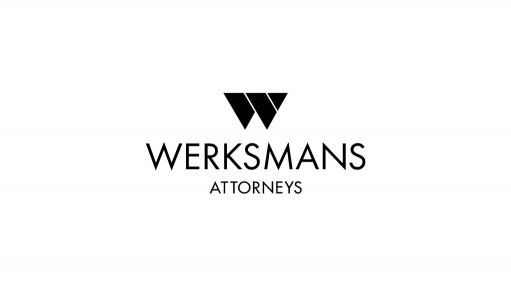
The annual Cape Wine Makers Guild Auction is reputed for premium quality wines, attracting both private collectors and trade buyers. The recent Nedbank Cape Wine Makers Guild Auction recorded the highest sales of top South African wines in its 30-year history reaching sales of over R11 million.Another first was the application of security foil strips to each bottle of wine on auction, each foil strip bearing its own security code embedded in a hologram which is only system readable – a pledge of origin.
INTRODUCTION
The popularity of SA wines has grown immensely. This however heightens the threat of fraud and counterfeiting – a reality we are all familiar with as it has far-reaching implications both financially and undisputedly to personal health and safety. Although the problem of counterfeit wines is believed far more extensive outside of South Africa, the reality remains that a successful brand will in all likelihood be counterfeited. Applied security foils to the auction wines no doubt reassure buyers.
The need to reassure is however ultimately intertwined with a brand, the primary attraction and badge of origin.The experience people associate with branding should never be underestimated.Needless to say the damage caused by counterfeit products to the reputation of a brand and producer can be detrimental.
The value attributable to branding requires protection which could extend to trade marks, designs, patents, copyright and domain names – collectively referred to as “IP” or intellectual property.
IP protection is by its nature an involved process and for the purpose of this article, is briefly alluded to below.
THE POWER OF TRADE MARK REGISTRATION
Trade mark protection, registration and maintenance are vital contributors to the success of any business.
As a consequence of the territorial nature of intellectual property rights, a trade mark registered in South Africa is not automatically available for use or registration in foreign countries. It is therefore essential to first ascertain by searching the relevant registers whether the proposed trade mark is available in the relevant market, and that the use thereof will not infringe an existing local trade mark.
Trade mark registration is recommended in every relevant country and consequently, while essential principles of trade mark law provide guidance, trade marks are governed by country-specific acts and regulations.
While it is possible to lodge individual national applications in most territories, there are currently two types of registrations available to South Africans that confer trade mark protection in a number of territories by filing a single application.
The two types referred to are Europe’s Community Trade Mark (“CTM”*) and West Africa’s OAPI/AIPO** registration. Both are attractive options for exporters wanting to protect their trade marks in the European Union and in West Africa respectively – proving to be both time and cost-effective.
The international registration of trade marks, the Madrid System, offers another option to trade mark owners to secure protection of their trade marks in a number of countries. This is done by filing a single international registration application with a centralised office in Madrid.
South Africa approved the ratification of the Madrid Protocol but has not yet acceded to it. The Madrid Protocol requires member countries to examine trade marks within a certain time frame; one of the reasons for South Africa not joining to date.
South Africa’s Companies and Intellectual Property Commission (“CIPC”) has since September 2013 accepted electronically-lodged trade mark applications which may reduce current time frames.India and Mexico recently joined, and with a number of Asian countries set to join in 2015, it will hopefully be a matter of time before South Africa also becomes a member of the Madrid Protocol.
CONCLUSION
The advantages of trade mark registration include the below:
- The proprietor or licensee is afforded a statutory and exclusive right to use a trade mark in respect of the goods and/or services for which it is registered;
- Once filed, the application presents an obstacle to latter-filed same/similar applications in that territory;
- Unauthorised use of the trade mark can constitute trade mark infringement for which the proprietor can claim damages;
- Trade marks can be licensed to third parties to which the parties may agree to payment of royalties;
- Customs authorities in certain territories can prevent the unauthorised importation of goods bearing the registered trade mark; and
- Trade marks can be renewed, usually every ten years, in perpetuity.
It can be seen from the above that the advantages of trade mark registration should clearly inform any filing approach. Both in the wine industry and beyond, brand value continues to increase over time; steadily proving that above all else, it is brand loyalty that triggers purchase.
*CTM: A CTM covers all 28 member countries of the EU, namely Austria, Belgium, Bulgaria, Croatia, Cyprus, The Czech Republic, Denmark, Estonia, Finland, France, Germany, Greece, Hungary, Ireland, Italy, Latvia, Lithuania, Luxembourg, Malta, Netherlands, Poland, Portugal, Romania, Slovakia, Slovenia, Spain, Sweden and the UK.
**OAPI: Benin, Burkina Faso, Cameroon, Central African Republic, Chad, Congo, Comoros, Equatorial Guinea, Gabon, Guinea, Guinea-Bissau, Ivory Coast, Mali, Mauritania, Niger, Senegal and Togo.
Written by Donvay Wegierski, Director, Werksmans Attorneys